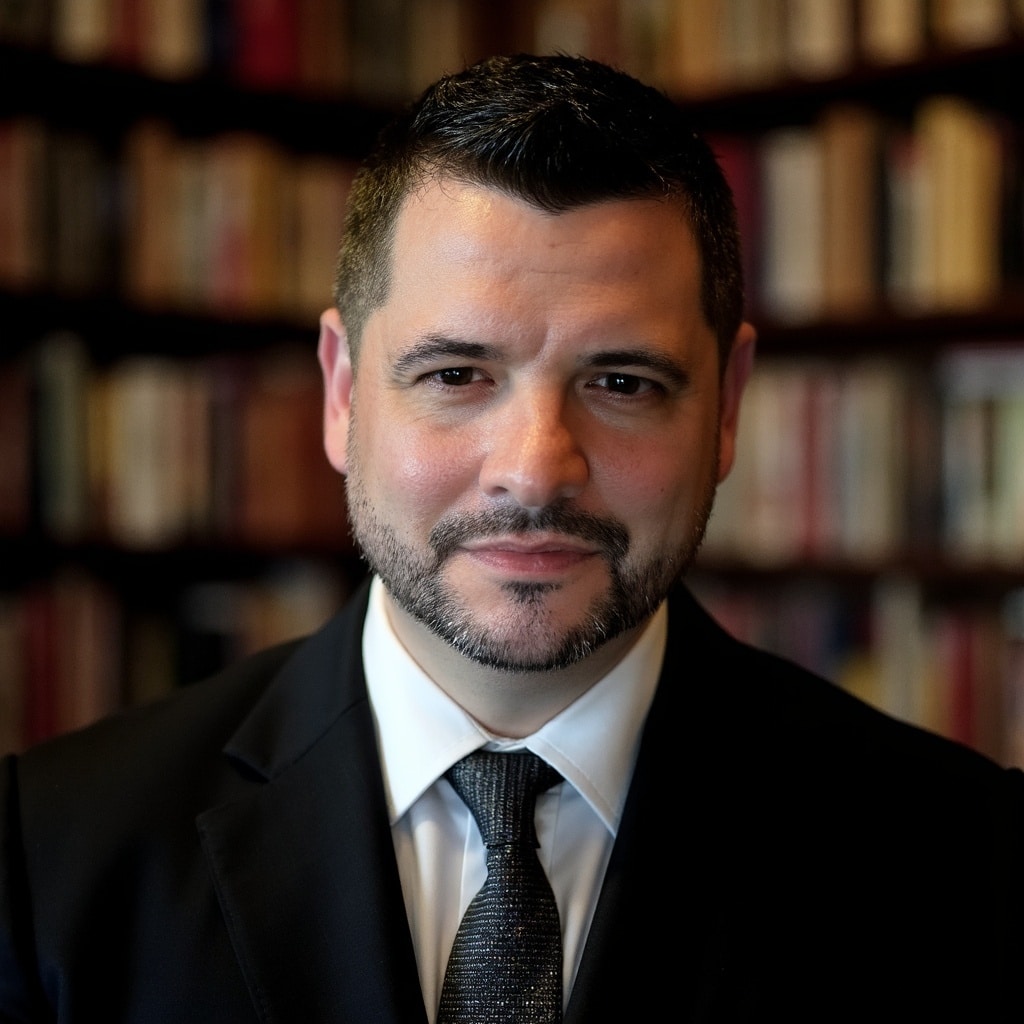In the Finger Lakes, history doesn’t just live in museums; it grows underfoot.
From the wooded corridors of Watkins Glen to the quiet meadows around Hemlock Lake, the trails of Western and Central New York carry more than hikers, birders, and families on weekend strolls. They carry memory. They carry the steps of those who walked here long before us, when this region was the homeland of the Haudenosaunee.
Long before Route 14 buzzed with summer traffic or vineyards stitched the hills of Keuka and Seneca, these lands were connected not by roads, but by trails, paths made by moccasins, by ceremony, by purpose. These were not shortcuts. They were lifelines.
The Haudenosaunee Confederacy—Cayuga, Seneca, Onondaga, Oneida, Mohawk, and later the Tuscarora—understood land not as a commodity, but as kin. From Buttermilk Falls to Mendon Ponds, these were not parks. They were and still are places of governance, diplomacy, and deep ecological knowledge.

To walk these trails today is to walk through time. It is to witness a story older than any town charter or state line. It’s a story that continues to unfold in our backyard.
Take a moment the next time you’re on the Genesee Greenway or strolling near Canadice. Listen. Beneath the hum of cicadas or the rush of a gorge waterfall, you may hear something else, a whisper of old languages, the echo of treaties not forgotten.
In 1794, the U.S. and the Six Nations signed the Canandaigua Treaty just a few miles from the shores of Canandaigua Lake. It recognized the sovereignty of the Haudenosaunee and promised that their lands “will never be disturbed.” Unlike many treaties, this one was not rescinded or erased. It is still in effect, legally binding, spiritually resonant, and ceremonially honored every November, right here in the Finger Lakes.
That same treaty would be ignored three years later at Big Tree (now Geneseo), when millions of acres of Seneca land were sold under pressure. Red Jacket, the legendary Seneca orator, warned that the land is sacred, holding not only bones but dreams. His words still carry on the wind.
And yet the land still breathes. Still remembers.
The Cayuga Nation continues to reclaim land around Cayuga Lake. They are rebuilding what was displaced, reviving language, cultivating culture, and reestablishing presence. These are not acts of nostalgia. They are acts of renewal.
And they matter here.
For readers of FingerLakes1.com, the story of the Finger Lakes isn’t just about wine trails and waterfall tours. It’s about understanding the deeper trails, the ones that don’t always make it onto TripAdvisor or Instagram reels. It’s about acknowledging that we live in a region shaped by treaties, resistance, and resilience.
Did you know that the Onondaga Nation, not far from the northern tips of the lakes, formally rejected U.S. citizenship in 1924, citing the Canandaigua Treaty and affirming their sovereignty? They reminded the federal government and all of us that their story does not begin or end in Washington.
In an era where climate change disrupts ecosystems and disconnection fragments communities, the Haudenosaunee offer more than a historical footnote. They offer a compass. Their Great Law of Peace, built on consensus, reciprocity, and respect for the natural world, helped inspire the U.S. Constitution. But where we borrowed the structure, we lost the soul.
“A good chief gives; he does not take,” says a Mohawk proverb.
What if we took that to heart? What if walking a trail meant more than counting steps on a fitness app, but stepping into a relationship with the land and those who came before?
So walk. Go to Ganondagan State Historic Site in Victor. Visit the Canandaigua Treaty marker. Hike the Bristol Hills Branch of the Finger Lakes Trail. Speak the names aloud: Onöndowa’ga:’. Ohi:yo’. Let them settle like cool lake water in your mouth.
Let the land remember you.
Because these trails remain. They are not buried. They are not gone. They are still speaking.
And they are asking us to walk with humility. To walk not as owners, but as guests. Not as consumers, but as learners. As neighbors. As friends.
This is more than a story of the past. It is a path forward.



